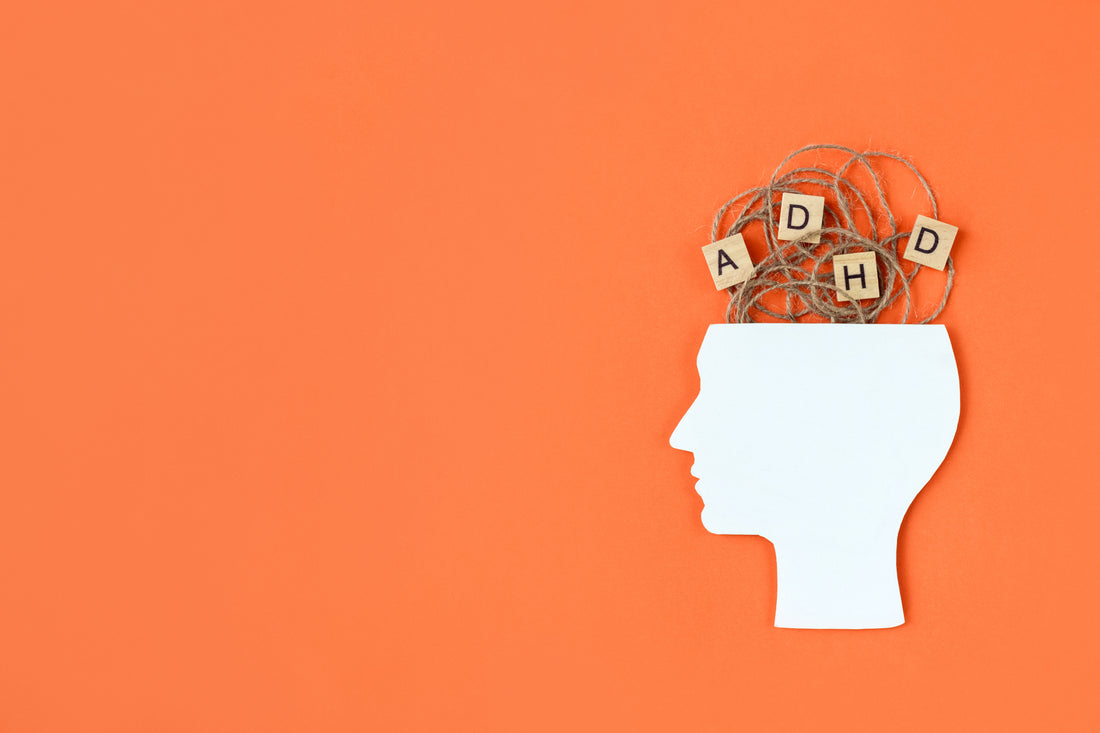Attention Deficit Hyperactivity Disorder (ADHD) is a neurodevelopmental disorder characterized by persistent patterns of inattention, hyperactivity, and impulsivity that can interfere with daily functioning or development. ADHD is typically diagnosed in childhood, but its effects can extend into adolescence and adulthood.
ADHD is characterised by persistent patterns of inattention, hyperactivity, and impulsivity that can impact various aspects of life. Contrary to popular belief, ADHD is not solely a childhood disorder; it can persist into adolescence and adulthood. Recognising the symptoms is crucial for early intervention and effective management.
Diagnosing ADHD involves a comprehensive assessment, considering symptoms across different settings and ruling out other potential causes.
There are three subtypes of ADHD:
- Predominantly Inattentive Presentation (ADHD-I): Individuals with this subtype often struggle with sustaining attention, organizing tasks, and following through on activities. They may be forgetful in daily activities and easily distracted.
- Predominantly Hyperactive-Impulsive Presentation (ADHD-HI): This subtype involves excessive fidgeting, restlessness, impulsivity, and difficulty in situations that require quiet or focused behaviour. Individuals with this subtype may interrupt others frequently and struggle with patience.
- Combined Presentation (ADHD-C): This is a combination of symptoms from both inattentive and hyperactive-impulsive presentations. It is the most common subtype.
Understanding the impact of ADHD on daily life is crucial. Individuals with ADHD may face challenges in academics, work, relationships, and overall emotional well-being. Treatment options vary and may include behavioural therapy, psychoeducation, and, in some cases, medication. The goal is to empower individuals with ADHD to manage their symptoms effectively, enhancing their quality of life.

